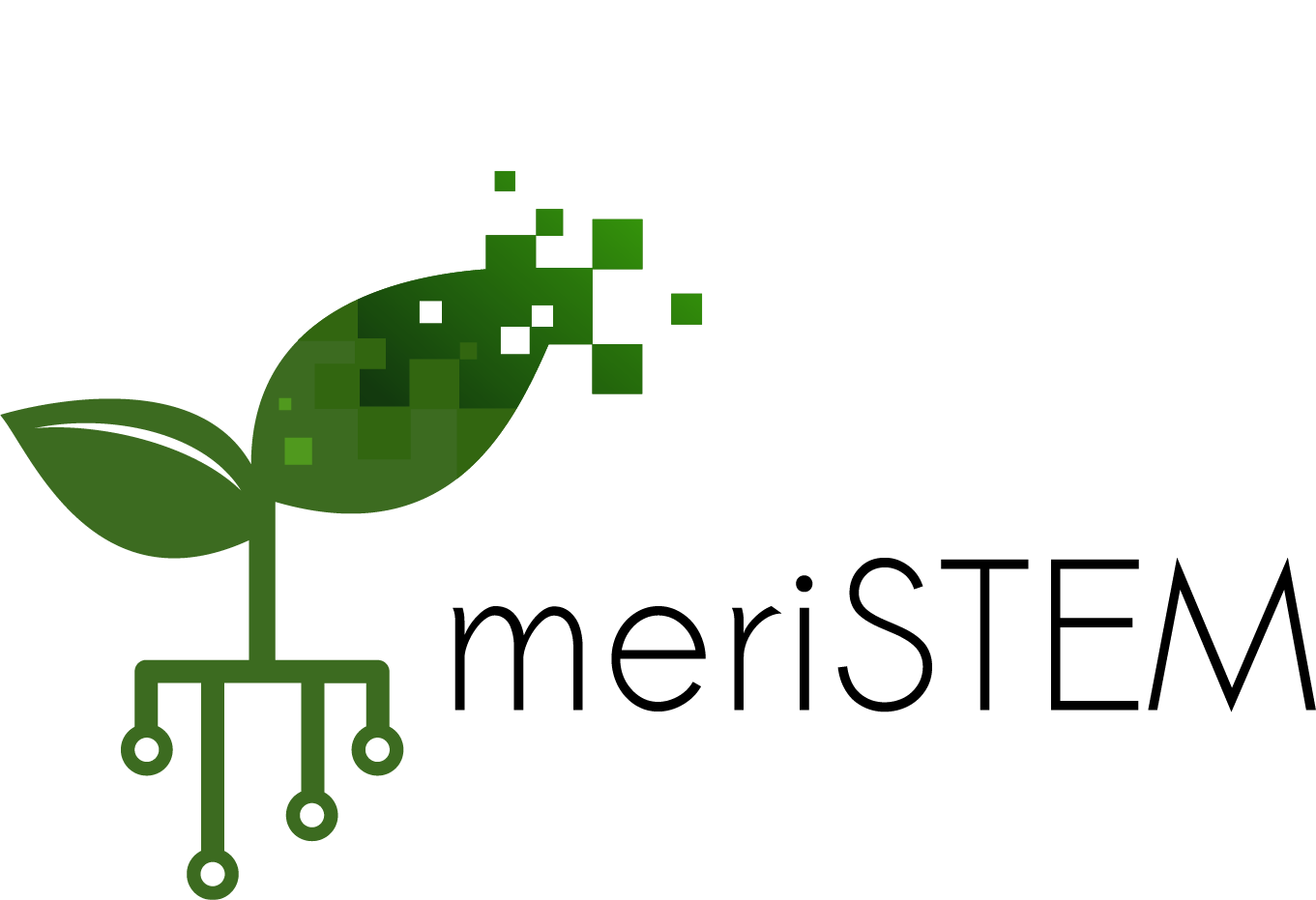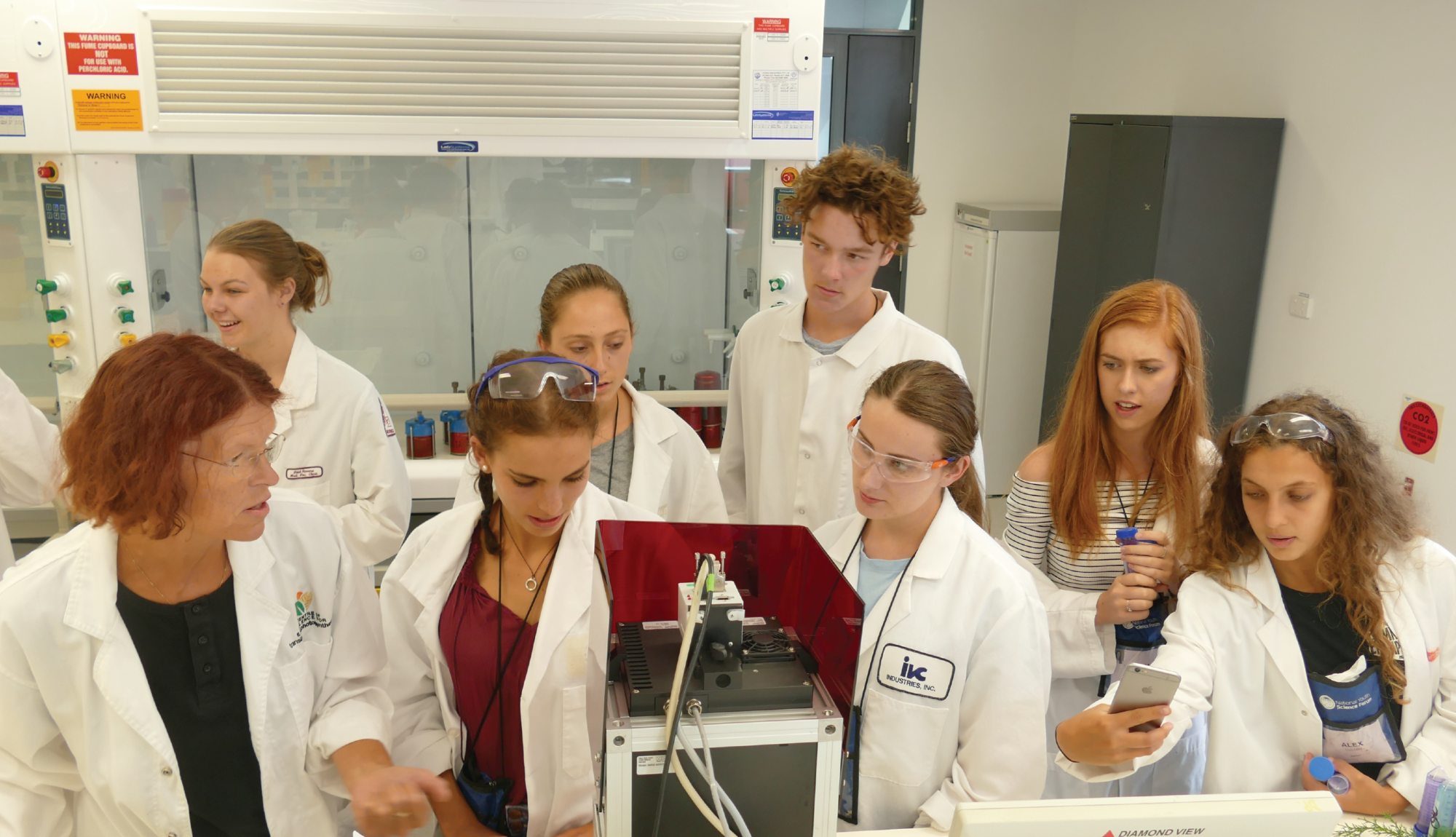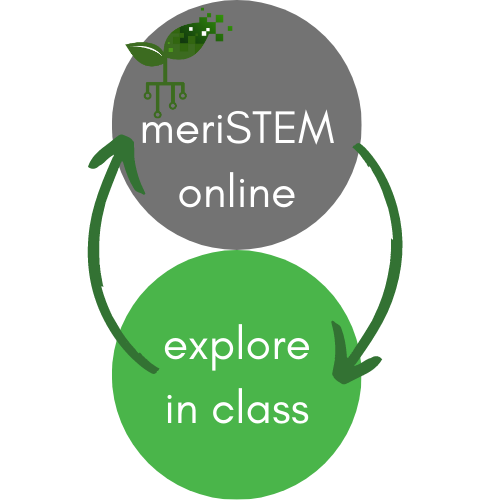What is the best way to use the precious class time of teachers and students?
To ‘flip’ is to swap traditional class activities with work typically assigned as homework. This might mean a lesson involving a short video, a talk and some note-taking become homework, and the follow up practise, problems and assignments are done in class, with peer and teacher support.
Research has shown that the flipped classroom model can work better than a traditional model for learning. See the links below for more information.
In short, students taught well in flipped classrooms learn more than their peers taught well in traditional classrooms. Flipped classrooms have a plethora of benefits for students over traditional classrooms:
- Better student engagement
- Better performance in exams
- Better performance in subsequent courses
- Better equity of outcomes for minority groups
- Reduced failure rate
Teachers benefit as well. By building on an existing set of activities and resources, the experienced teacher can embrace a pedagogy that allows for more in-depth exploration, student-led investigations. Flipping teachers can also better differentiate their teaching to be more tailored to individual student abilities and interests. You can read more about High impact teaching strategies in action: Differentiated teaching at the Victoria State Government Department of Education and Training.
Continue to Flipped classrooms and blended learning / Flipped learning
Research literature summary posts
The argument for active learning (any kind of active learning is better than lecturing)
Freeman, S., Eddy, S.L., McDonough, M., Smith, M.K., Okoroafor, N., Jordt, H. and Wenderoth, M.P., 2014. Active learning increases student performance in science, engineering, and mathematics. Proceedings of the National Academy of Sciences, 111(23), pp.8410-8415.
Preference for flipping increases dramatically once students have flipped
McLaughlin, J.E., Roth, M.T., Glatt, D.M., Gharkholonarehe, N., Davidson, C.A., Griffin, L.M., Esserman, D.A. and Mumper, R.J., 2014. The flipped classroom: a course redesign to foster learning and engagement in a health professions school. Academic Medicine, 89(2), pp.236-243.
SCALE-UP: an early flipped teaching strategy and environment success model
Beichner, R., Saul, J.M., Abbott, D.S., Morse, J.J., Deardorff, D.L., Allain, R.J., Bonham, S.W., Dancy, M.H. & Risley, J.S. (2007). The Student-Centred Activities for Large Enrolment Undergraduate Programs (SCALE-UP) Project, Physics Education Research, Vol. 1, Issue 1.


